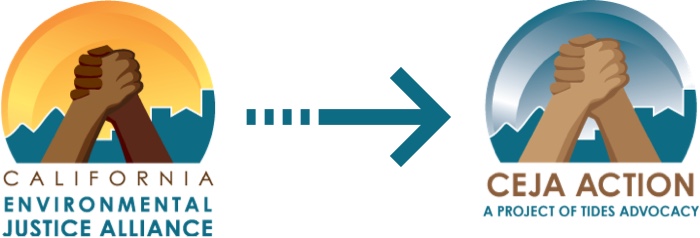EPA features Green Zones work
Check out the EPA’s EJ blog post on Green Zones: New Strategies for Environmental Justice: Green Zones
By Amy Vanderwarker
As a long-time environmental justice advocate, I have seen many inspiring victories, and witnessed residents across the country fight for healthy and livable environments. But in far too many communities where I work, the same challenges continue to exist: large polluting facilities that define neighborhoods, more diesel truck traffic, fewer jobs, and rising rates of asthma. What we don’t see is the large-scale change that environmental justice communities need.
Facing this reality, the California Environmental Justice Alliance (CEJA) developed a new approach. In 2010, we launched the “Green Zones for Economic and Environmental Sustainability” initiative and we have been seeing results! The heart of this effort is to transform neighborhoods that are toxic hotspots and pockets of concentrated poverty and unemployment into healthy, thriving “Green Zones.” Green Zones are neighborhoods or communities where we partner with stakeholders to reduce pollution, revitalize communities, and attract clean businesses.
For example, In San Francisco, CEJA member PODER has led people-powered planning efforts to ensure equitable partnerships with city agencies and community participation in decisions about development on publicly owned lands. As a result, the Public Utilities Commission transferred a large underused lot in San Francisco’s Mission District, which will now be transformed into green space and affordable housing.
In National City, just outside of San Diego, CEJA member Environmental Health Coalition kicked off their Green Zones project with a door-to-door campaign to find out what residents wanted to see in their neighborhood. The organization then ran an intensive planning process to help community members re-envision their streets, businesses, housing, parks and schools. The resulting plan includes a process to phase out the 30-plus auto body shops that surround the local elementary school and explores relocating them to a green industrial park nearby.
And, CEJA is currently collaborating with EPA Region 9 to implement Green Zone solutions in seven model projects throughout California.
Green Zones offer a new approach to tackling the complex environmental, social and economic issues facing low-income and minority communities, which is why it is being adopted across the country as a model for environmental justice..

